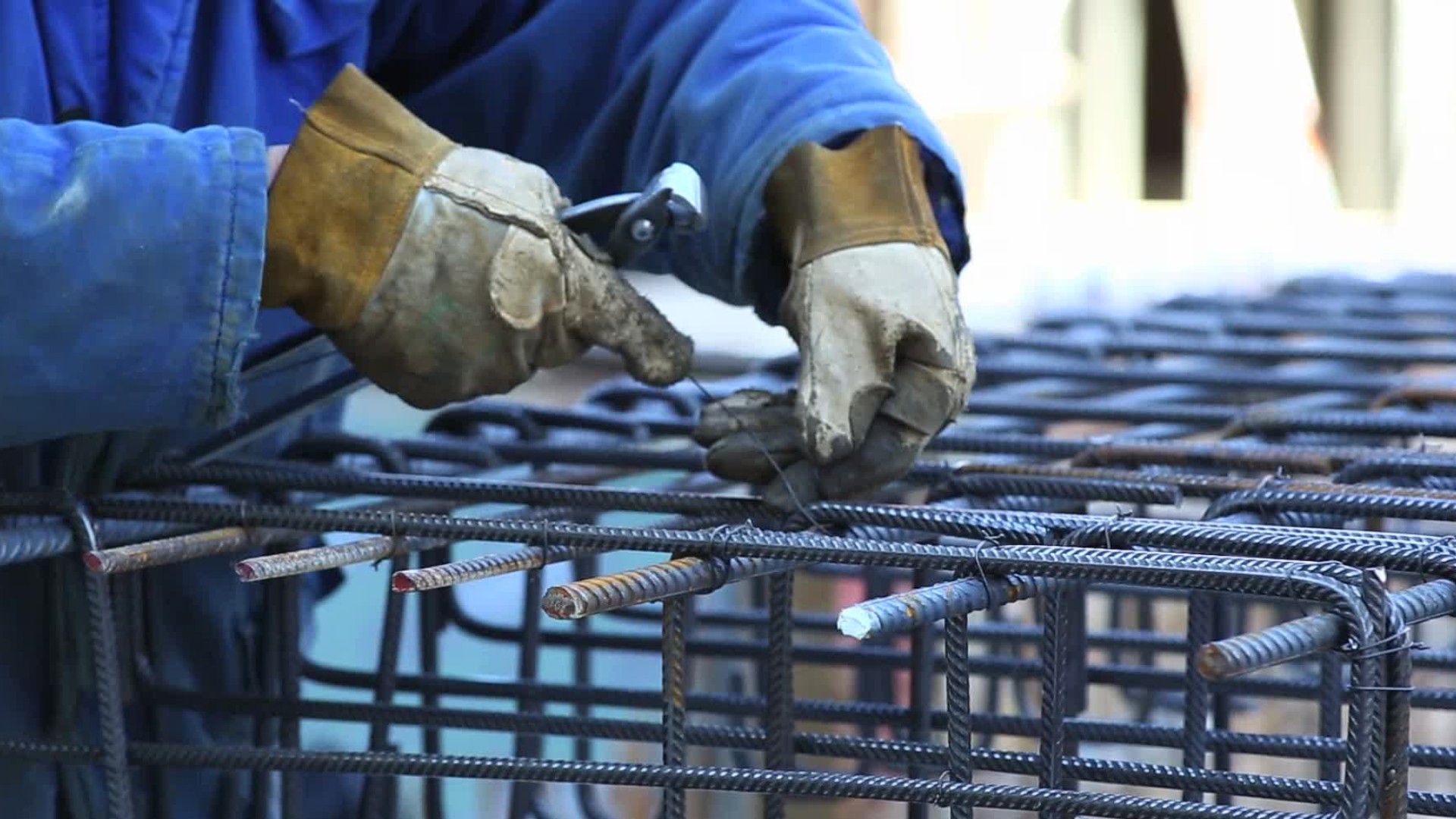Structural Iron & Steel Workers
Fitter, Iron Worker, Ironworker, Steel Worker
 Select a military branch to see samples.
Select a military branch to see samples.
Heavy Repair Superintendent; Structural; Structural Apprentice; Structural Craftsman; Structural Helper; Structural Journeyman
Cannon Crewmember; Carpentry and Masonry Specialist; Cavalry Scout; Combat Engineer; Construction Engineering Technician; Infantryman; Wheeled Vehicle Mechanic
Damage Controlman; Marine Safety Specialist Engineer; Material Maintenance Specialty
Aircraft Welder; Metal Worker
Advanced Steelworker; Aeronautical Welder; Conversion NEC SW Steelworker Basic; Hull Systems Maintainer; Master Chief Constructionman; Ship Survivability Systems Maintainer; Ship Survivability Systems Technician; Steelworker (BL-0); Steelworker (BL-1); Steelworker
Structural; Structural Apprentice; Structural Helper; Structural Journeyman
What they do:
Raise, place, and unite iron or steel girders, columns, and other structural members to form completed structures or structural frameworks. May erect metal storage tanks and assemble prefabricated metal buildings.
On the job, you would:
- Read specifications or blueprints to determine the locations, quantities, or sizes of materials required.
- Connect columns, beams, and girders with bolts, following blueprints and instructions from supervisors.
- Bolt aligned structural steel members in position for permanent riveting, bolting, or welding into place.
Knowledge
Engineering and Technology
- building and construction
- mechanical
Math and Science
- arithmetic, algebra, geometry, calculus, or statistics
Safety and Government
- public safety and security
Business
- management
Skills
Basic Skills
- listening to others, not interrupting, and asking good questions
- thinking about the pros and cons of different ways to solve a problem
Problem Solving
- noticing a problem and figuring out the best way to solve it
Abilities
Hand and Finger Use
- hold or move items with your hands
- keep your arm or hand steady
Controlled Movement
- use your arms and/or legs together while sitting, standing, or lying down
- quickly change the controls of a machine, car, truck or boat
Endurance
- exercise for a long time without getting out of breath
Physical Strength
- lift, push, pull, or carry
Personality
People interested in this work like activities that include practical, hands-on problems and solutions.
They do well at jobs that need:
- Cautiousness
- Attention to Detail
- Dependability
- Stress Tolerance
- Perseverance
- Achievement Orientation
Technology
You might use software like this on the job:
Electronic mail software
- Microsoft Outlook
Project management software
- Cost estimating software
- Project scheduling software
Accounting software
- Turtle Creek Software Goldenseal
Education
Education: (rated 2 of 5)
high school diploma/GED or
no high school diploma/GED
usually needed
no high school diploma/GED
usually needed
Job Outlook
Average
New job opportunities are likely in the future.
Explore More
- Carpenters
- Millwrights
- Reinforcing Iron & Rebar Workers
- Sheet Metal Workers
- Structural Metal Fabricators & Fitters
You might like a career in one of these industries:
See more details at O*NET OnLine about Structural Iron & Steel Workers.





